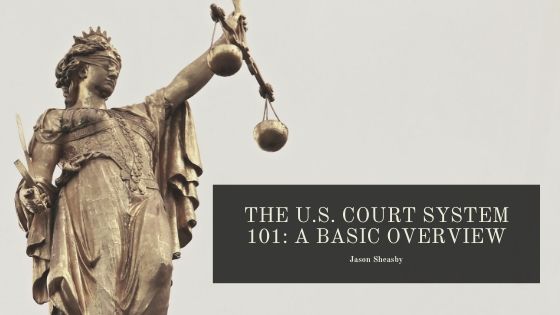Like most countries, the United States has a highly developed and multi-level legal system. Courts are organized by jurisdiction, which goes from small local districts up to the Supreme Court at the federal level. Every citizen needs to understand how the court system in the U.S. works.
State Courts
Because significant power is granted to individual states under the United States Constitution, there are both state and federal court systems. The vast majority of cases are decided by state courts, of which there are often several lower courts that hear cases of a particular type, such as civil cases or family law cases. Some states, but not all, have an intermediate Court of Appeals. The highest court in any state is its Supreme Court, which has final say over-interpreting a law or case in their state. Only certain types of cases decided in state courts are eligible to be reviewed by the federal Supreme Court.
Federal Courts
Federal courts oversee cases that are being tried at the federal level and are divided up into District Courts and Circuit Courts. They only hear cases that involve federal law, a provision in the Constitution, or when litigants reside in different states. Some states have more than one federal District Court, but all have at least one. The next level is the Court of Appeals, or appellate courts. Their role is to look at appeal cases and determine if the law was applied correctly by a lower court. There are thirteen of these, and each one’s jurisdiction encompasses several states. The final level is the United States Supreme Court.
The Supreme Court
The United States Supreme Court has final say over the law of the land. The Chief Justice leads Supreme Court Justices, are appointed by the President and approved by the U.S. Senate. They serve life terms. Currently, nine Justices sit on the Supreme Court, although that number has changed over time and may change again. In the U.S. court system, the Supreme Court has what is known as original jurisdiction over certain kinds of cases, where they are heard by the Supreme Court directly. These include disputes between states and cases against ambassadors.
